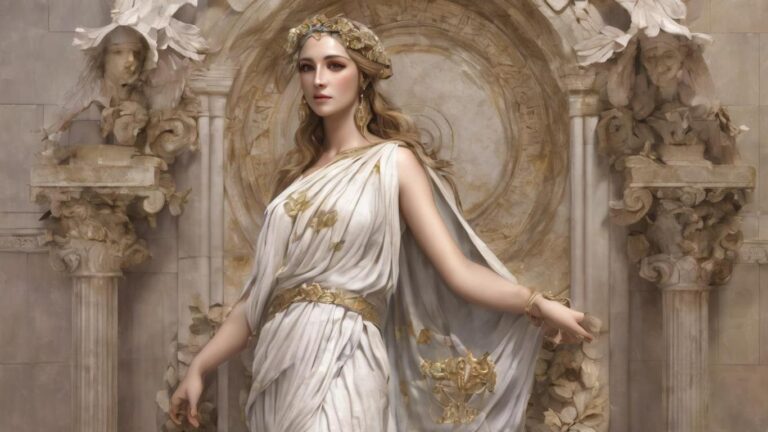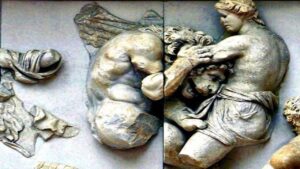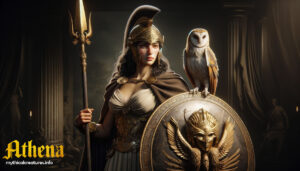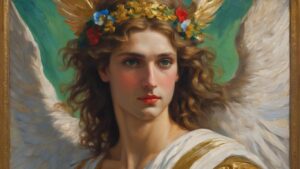Table of Contents
In Greek mythology, Hebe is the goddess of youth and the cupbearer to the gods. She is the daughter of Zeus, the king of the gods, and Hera, the queen of the gods. Artists often depict Hebe as a youthful and beautiful goddess, symbolizing the vitality and energy of youth.
Hebe’s primary role in mythology is to serve nectar and ambrosia, the food and drink of the gods, to the Olympian deities. This duty earned her the title of the cupbearer to the gods. Hebe was considered the personification of eternal youth and was associated with the idealized concept of youthful beauty.
Origins
Symbols

Hebe, the goddess of youth, often holds a cup, a sacred symbol as the cupbearer to the gods. She is depicted with an eagle, a sacred bird associated with Zeus. Occasionally, artistic representations show Hebe adorned with a wreath of flowers, symbolizing her link to youth and nature’s vitality, underlining her divine role. These symbols emphasize Hebe’s connection to the divine and the eternal aspects of vitality and beauty.
Hebe is not as prominently featured in myths as some other gods and goddesses, but her presence is significant in representing the eternal and divine aspect of youth within the Greek pantheon. Various artistic representations depict Hebe as a graceful and charming goddess, often holding a cup or pitcher, emphasizing her role as the cupbearer to the gods.
FAQ
Who is Hebe?
Hebe is the daughter of Zeus, the king of the gods, and Hera, the queen of the gods, in Greek mythology. She is the cupbearer to the gods and is linked to the concept of perpetual youth.
How to Pronounce Hebe:
Hebe is pronounced as "HEE-bee," with emphasis on the first syllable.
What Does Hebe Mean:
The name "Hebe" is derived from the Greek word "hebe," which means "youth" or "prime of life." It reflects her role as the goddess of youth.
What is Greek Goddess Hebe's Power:
Hebe's powers are not as explicitly defined as some other gods or goddesses in Greek mythology. Her significance lies in her role as the cupbearer to the gods, symbolizing the everlasting vitality and beauty associated with youth. While she may not possess specific powers, her presence embodies the eternal aspects of youth and serves as a representation of divine rejuvenation.





